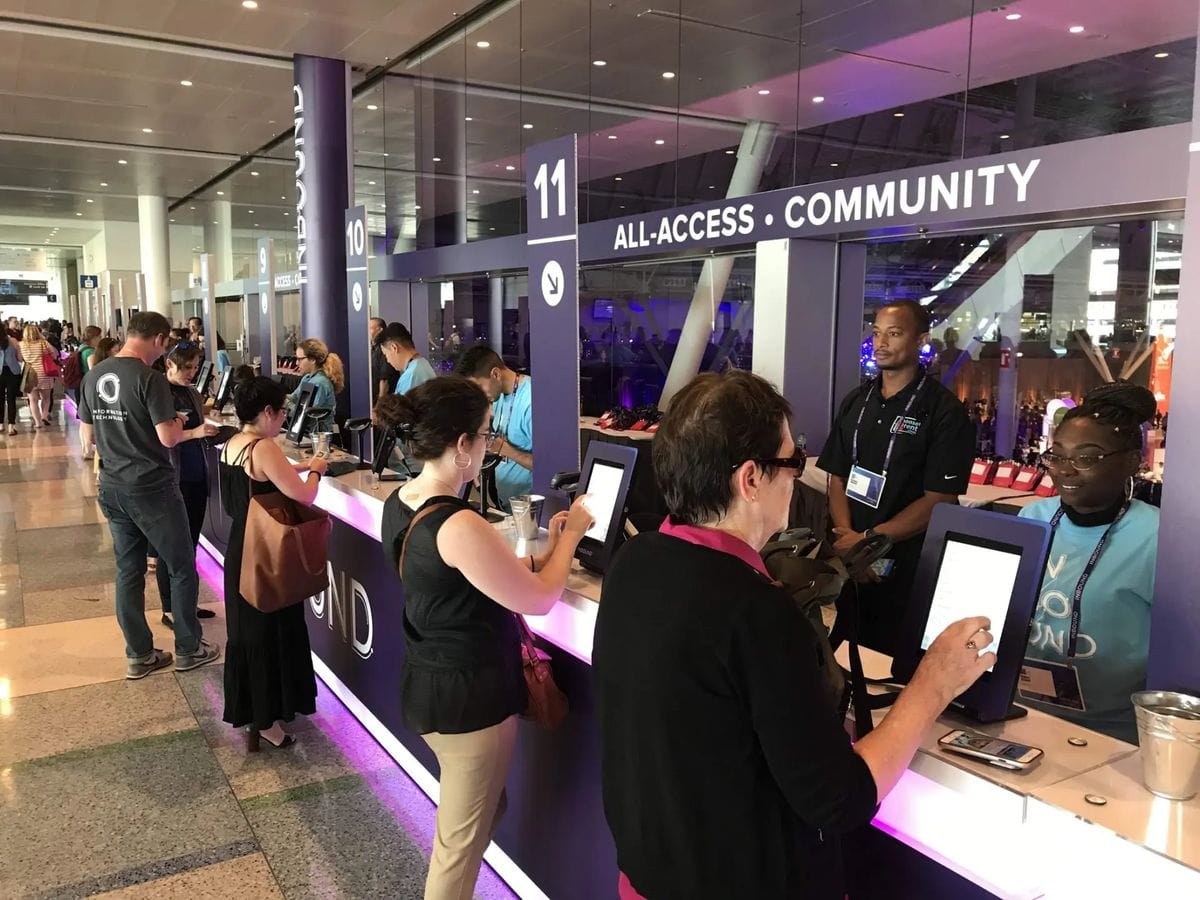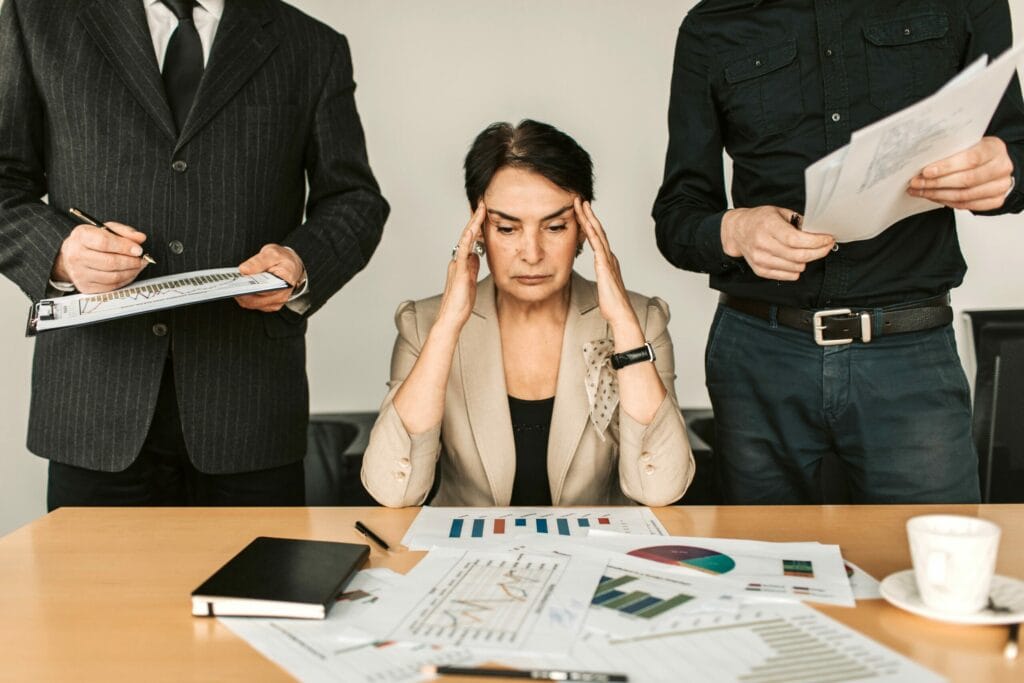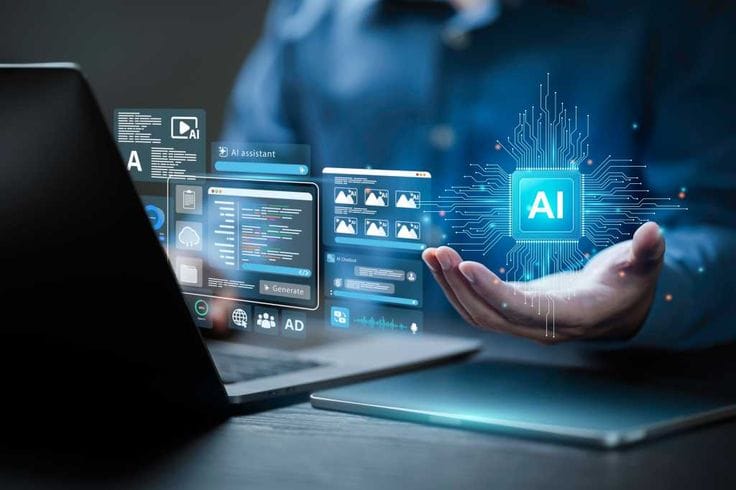Event marketing success hinges on one crucial element: getting the right people to show up. While social media buzz and paid advertising play their roles, email marketing remains the backbone of effective event promotion. The secret lies not in sending random promotional blasts, but in crafting strategic event funnels that guide prospects from initial awareness to enthusiastic attendance and beyond.
The Foundation of Event Email Marketing
Event email marketing differs significantly from traditional promotional campaigns. You're not just selling a product – you're selling an experience, a moment in time that can't be replicated. This unique challenge requires a sophisticated approach that builds anticipation, addresses concerns, and creates genuine excitement around your event.
Successful event funnels operate on a simple principle: meet your audience where they are in their decision-making journey. Some recipients might be ready to register immediately, while others need weeks of nurturing before they commit. Your email sequence should accommodate both scenarios while maintaining consistent engagement throughout.
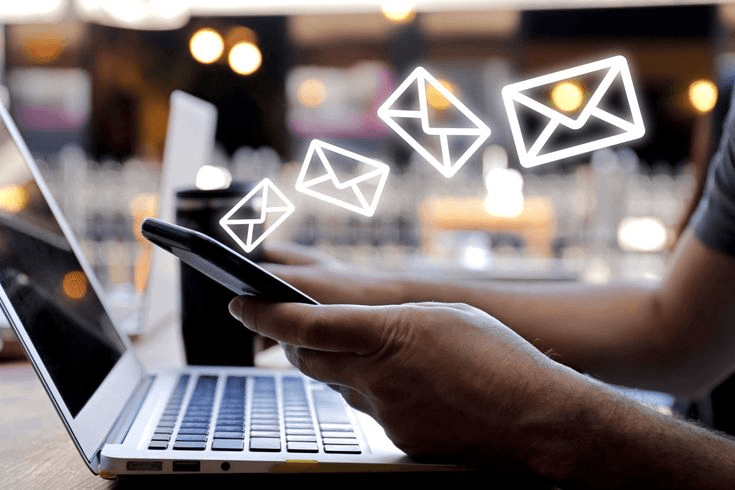
Pre-Event Sequence: Building Momentum
The pre-event phase is where conversions happen. Your initial announcement email should focus on value proposition rather than logistics. Lead with the transformation attendees will experience, the problems you'll solve, or the opportunities you'll unlock. Save the detailed schedule for follow-up communications.
Your announcement should create urgency without feeling pushy. Limited seating, early-bird pricing, or exclusive speaker announcements naturally encourage prompt action. However, avoid artificial scarcity tactics that might damage trust with your audience.
Follow your announcement with a series of value-driven emails that reinforce your event's benefits. Share speaker spotlights, preview key sessions, or offer exclusive content related to your event theme. Each email should stand alone as valuable content while collectively building a compelling case for attendance.
The Registration Nurture Sequence
Not everyone registers immediately, and that's perfectly normal. Your nurture sequence should address common hesitations without being overly sales-focused. Create emails that tackle practical concerns like scheduling conflicts, travel arrangements, or budget considerations.
Social proof plays a crucial role in event email marketing. Share testimonials from previous attendees, highlight notable registrants, or showcase early registration numbers. People want to know they're making a smart decision by joining a valuable gathering of their peers.
Consider segmenting your audience based on engagement levels. Highly engaged subscribers who opened multiple emails but haven't registered might need a different message than those who've shown minimal interest. Personalized approaches yield significantly better conversion rates than one-size-fits-all campaigns.
Confirmation and Pre-Event Logistics
Once someone registers, your email relationship shifts from persuasion to service. Your confirmation email sets expectations for the entire event experience. Include essential details like date, time, location, and what to bring, but also reinforce the value they'll receive.
Pre-event logistics emails serve multiple purposes beyond information sharing. They maintain engagement, reduce no-shows, and build excitement. Send reminders at strategic intervals – perhaps one week before, three days before, and the morning of your event.
These emails are perfect opportunities to introduce networking elements. Share attendee lists, create discussion forums, or encourage social media engagement with event-specific hashtags. The goal is transforming individual registrants into a community before they even arrive.
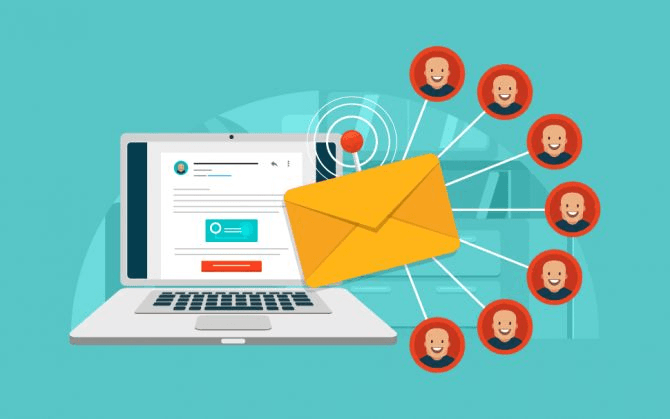
During-Event Engagement
Email doesn't stop when your event begins. Live updates, session highlights, and real-time social media compilation emails keep non-attendees engaged while providing additional value to those present. These communications also create content for future event promotion.
Consider sending brief recap emails at the end of each day for multi-day events. Include key takeaways, photos, and previews of upcoming sessions. This approach maintains momentum and reduces dropout rates between sessions.
Post-Event Follow-Up: Extending the Experience
The most overlooked aspect of event funnels is post-event engagement. Your follow-up sequence determines whether attendees become advocates, repeat participants, or forgotten contacts in your database.
Send a thank-you email within 24 hours while the experience remains fresh. Include session recordings, presentation slides, or exclusive resources promised during the event. This immediate follow-up reinforces the value received and encourages social sharing.
Your post-event sequence should also capture feedback through surveys, testimonials, or case studies. This content becomes invaluable for promoting future events while helping you improve the attendee experience.
Measuring Event Funnel Success
Effective event email marketing requires consistent measurement and optimization. Track open rates, click-through rates, and conversion rates at each funnel stage. More importantly, monitor registration-to-attendance ratios and post-event engagement levels.
A/B test subject lines, send times, and email formats to optimize performance. Small improvements in open rates can significantly impact overall event attendance when applied across large email lists.
Conclusion
Event funnels that convert combine strategic timing, valuable content, and genuine relationship building. By treating email marketing as a complete attendee journey rather than isolated promotional messages, you create experiences that drive registration, ensure attendance, and build lasting connections with your audience.
The most successful event marketers understand that their email sequence is often the first and most lasting impression of their event. Make it count.
